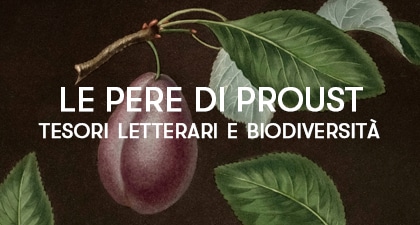
History and Spread
Today we will talk about the “commesso” technique, which originated and developed in the 16th century in central Italy and later spread across Europe.
One of the cities that will dedicate itself most intensively to the production of commesso tabletops is Rome, a city where the marble tradition has always been present, and which saw the reuse of marble and archaeological finds and the revival of ancient techniques like opus sectile, mainly used to decorate floors and wall coverings with polychrome stones.
Florence, home of the Opificio delle Pietre Dure established by Ferdinando I De Medici, will also work on the adaptation of these techniques to create precious objects, tabletops, and cabinets inlaid with stones and valuable materials. The decorative technique “a commesso,” literally meaning “to put together,” was carried on from the 16th century onward, becoming fashionable again in the 18th and 19th centuries during the rise of the Grand Tour phenomenon.
Some Examples from Our Catalog
During these travels through Italian cities, young heirs of noble European families would learn about history, literature, and especially classical art. At the end of these tours, they would purchase small tables, like the one offered in our catalog at Di Mano in Mano, as a souvenir to display in their family homes.
The commesso technique was used only for specific parts of furniture, such as the top of tables, where the structure was made by artisans from other workshops or countries and then assembled to form the complete table. For example, this table has a Tuscan top, while the structure is of English manufacture.
The multi-colored top, made of various stones and marbles, can be decorated with a checkered pattern surrounded by different geometric shapes and set into an exotic wood frame, supported by carved feet, as seen in the aforementioned Anglo-Tuscan example. Another example is the English piece attributed to Amic Hotton, which features a commesso tabletop with a polychrome checkerboard within floral motifs, resting on a carved, four-part base with zoomorphic elements and ferine feet.
One last example is the Neapolitan piece, whose tabletop features more wavy and elaborate designs, depicting a vase with a bouquet of flowers upon which rests a dove. The support is formed by a trunk with branches, entirely gilded.
The so-called “stone painting” involves the working of marbles and hard stones that are cut with a metal wire to form small colored slabs, which follow the wavy shapes of the preparatory design. They were then placed next to each other to form decorative patterns that resemble inlay on the tabletop, with a rendering of shadows and gradients similar to the use of colors in painting.
Unlike mosaic, the small color sections are not shaped into tiles to be placed next to each other. Just like during the wood inlay process, they are directly shaped as small elements that, when interlocked with others, form small complete parts of a large design.







